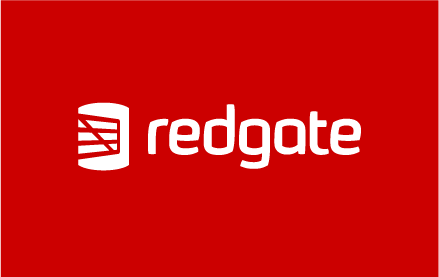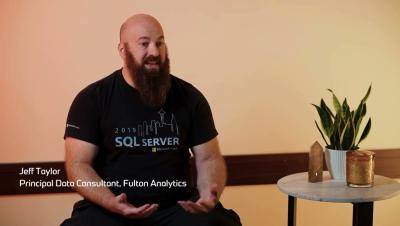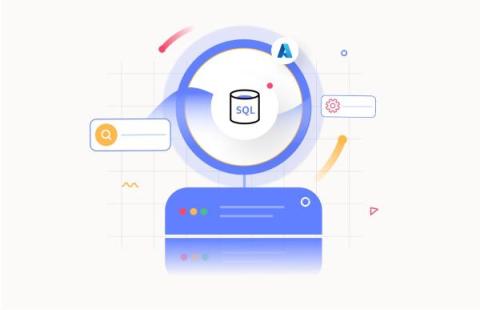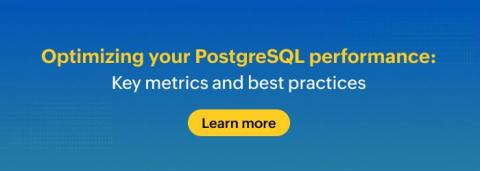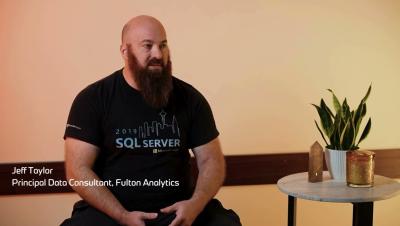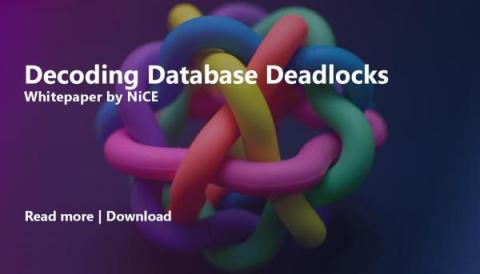Four steps towards tackling the complexity of managing multiple database platforms
The 2024 State of the Database Landscape survey showed that 79% of businesses are now using two or more database platforms (vs 62% in 2020). Businesses revealed that this growth was largely due to the differing use cases across each platform, as well as the need to increase flexibility. Despite these recognized benefits, increasing the diversity of your database platforms can bring its own set of challenges, including skillset requirements, data integration complexities, security, and monitoring.


